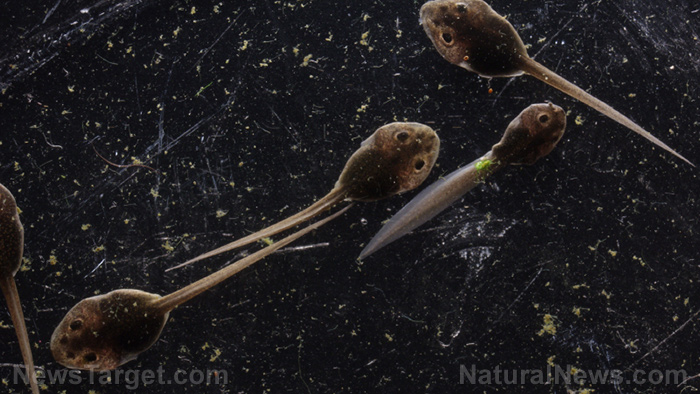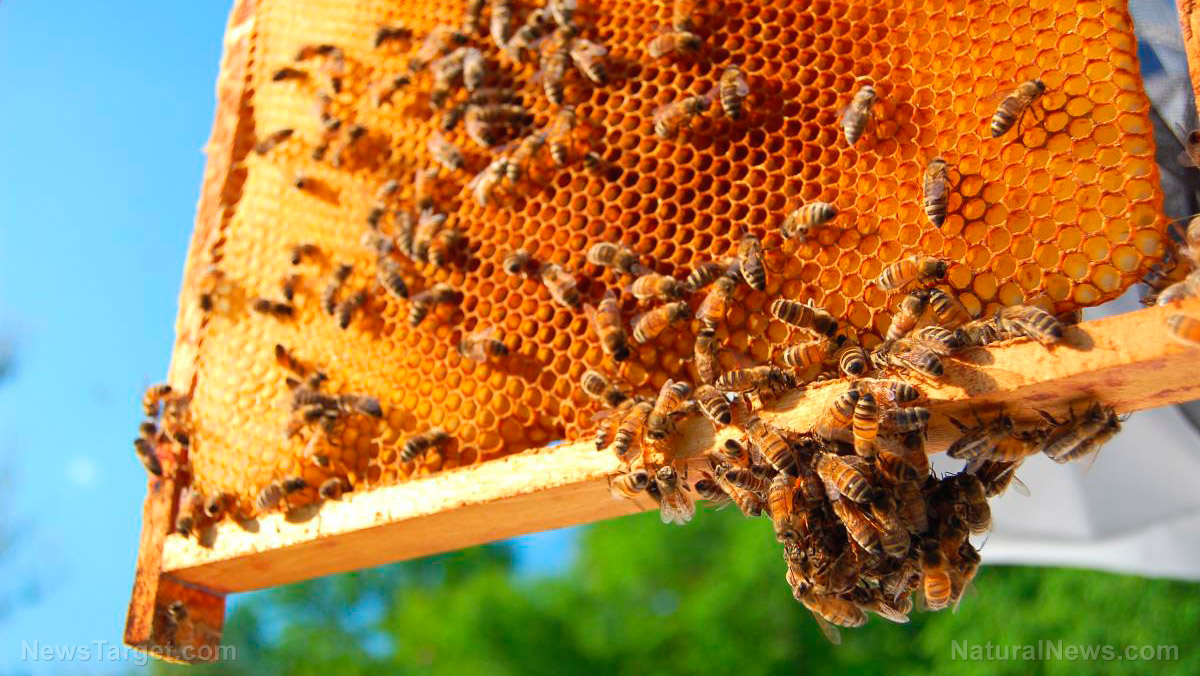Researchers struggle to find effective way to mitigate damage done by atrazine, a common weedkiller known to harm human health, wildlife, aquatic life
10/18/2017 / By Isabelle Z.

The widely used weed killer atrazine has long been wreaking havoc on the planet, affecting not only human health but that of wildlife and aquatic life. Just how bad is it? The chemical was banned in the European Union 15 years ago because of its “ubiquitous and unpreventable” contamination, yet somehow it is still used in the U.S.
There is a growing body of research documenting its dangerous effects, many of which are related to endocrine disruption and reproductive health. It has been shown to cause chemical castration in male amphibians even at exposure to levels within the drinking water standards set by the EPA. In one experiment, a tenth of the male tadpoles who grew in water with atrazine became “functionally female”, meaning they were born male but produced eggs. Many of the male-presenting frogs had lower testosterone, smaller breeding glands, reduced fertility, suppressed mating behavior, and poor laryngeal development.
It’s not just amphibians who are suffering ill effects; rodents exposed to the chemical have come down with serious problems like immune system failure and cancer. In fact, the negative effects were found all the way through the third generation of offspring of female rats who were exposed to the herbicide during pregnancy.
Reptiles, fish and mammals – even humans – have all suffered ill effects from atrazine. For example, it has been linked to a lower sperm count and a decrease in fertility in humans. In zebrafish, the federally approved atrazine level has been known to cause alterations to neuroendocrine and reproductive genes; this is significant because the embryonic development of these fish closely mirrors that of humans.
What can be done about atrazine?
When you consider the fact that atrazine is currently the most commonly detected crop-related chemical to be found in drinking water, it is clear that something needs to be done to mitigate its damage. A study that was recently published in Water Research compared the various processes that can help degrade atrazine. When scientists from the Institut National de la Recherche Scientifique (INRS) used photochemical, electrochemical and photoelectrochemical processes in a single reactor, they found that it could eliminate 99 percent of the atrazine after just 15 minutes. After 45 minutes of this treatment, the concentrations of the by-products were lower than the detection limit of synthetic samples. Meanwhile, in surface water, the number of by-products eliminated ranged from 96 to 100 percent.
These results are promising, but the challenge is finding low-cost solutions that can treat significant volumes of water using this approach at once. Not only do the micropollutants like pesticides need to be removed, but study coauthor Professor Patrick Drogui also points out that their metabolites must also be removed as they can sometimes end up being even more toxic than the original compounds.
The hybrid photo-electro-Fenton (PEF) process is clean and effective, but it still has some way to go before it can be a viable solution. It needs to be used in conjunction with a biological treatment process at a water treatment plant to be energy-efficient. In addition, further research is necessary to determine how these atrazine degradation mechanisms work in the presence of organic matter.
It’s time to join the EU in banning atrazine
Getting rid of atrazine is clearly a very complicated process that scientists are struggling to master. When you consider all the time and money that is being spent researching mitigation while this chemical continues to harm life on our planet, it makes no sense for the U.S. not to do what Europe did 15 years ago and ban it altogether.
Sources include:
Tagged Under: aquatic life, Atrazine, chemicals, dangerous chemicals, ecosystem health, EPA, food safety, human health, INRS, PEF, toxins, weed killer, wildlife



















